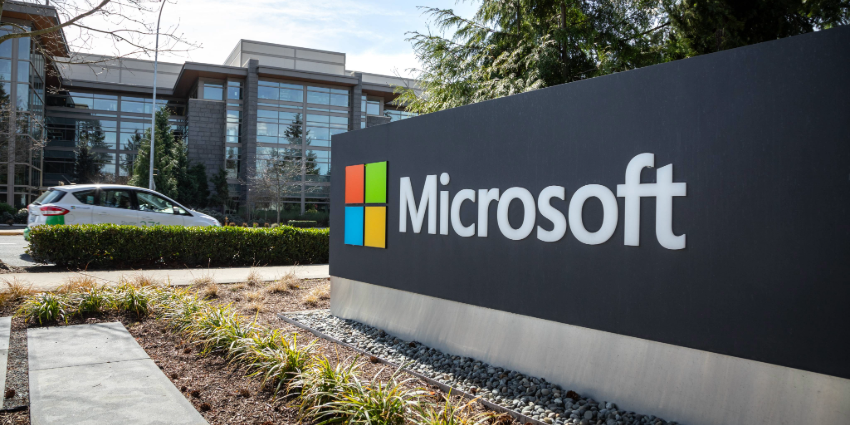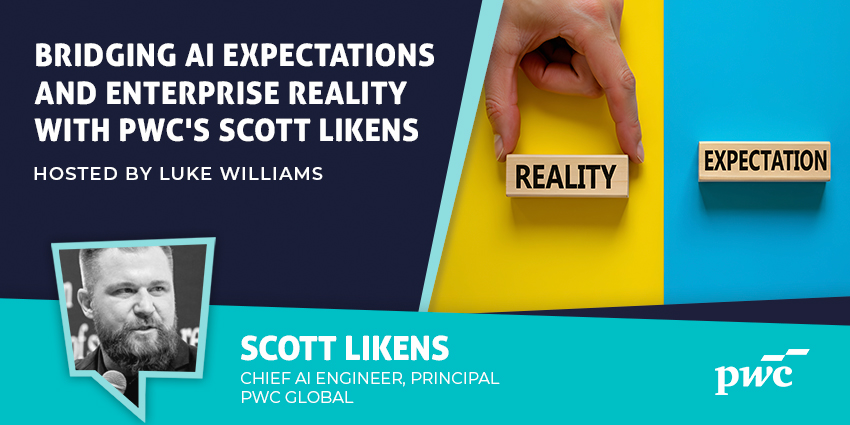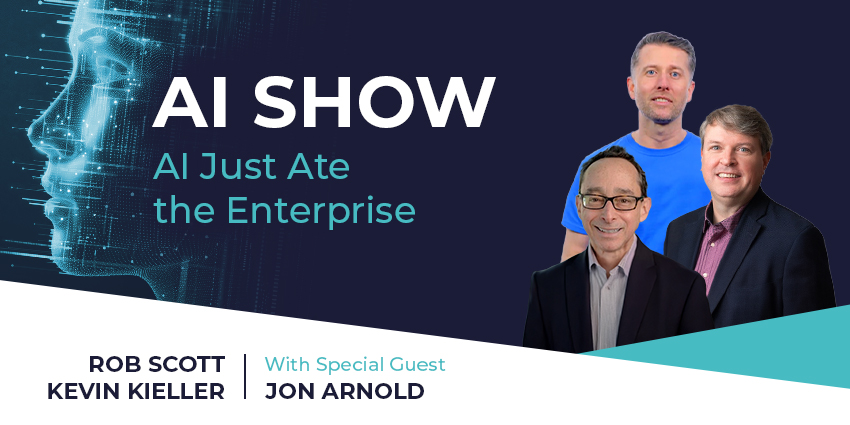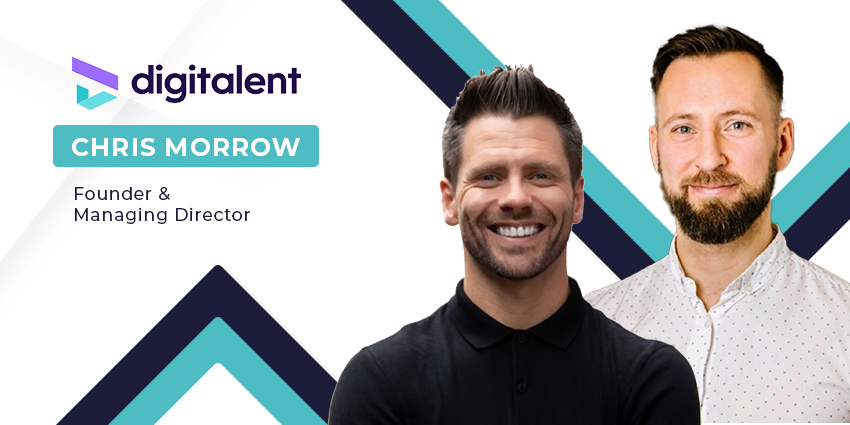ECI Partners, the leading mid-market private equity firm, has a long track record in HR tech, from its investment in Citation, the HR and Health & Safety solutions provider in 2012, to its current investment in Ciphr, a specialist provider of SaaS HR, payroll, recruitment and learning software.
Isabella Fox, Investment Director for ECI Partners, joined CEOs and HR leaders at the recent HR Tech Europe Conference in Amsterdam and comments:
It is clear that AI remains the ultimate buzzword in European HR tech. However, the landscape has evolved, with AI now part of a continuous transformation as opposed to the single catalyst it was considered to be a few years ago. The impact on the sector is beyond doubt – it is the pace of change which is being debated.
Fox shares her views on some key trends permeating the HR tech sector, including key insights from the conference and from ECI’s portfolio company experience:
Human centric AI
Investment in AI continues, although it has transitioned from being perceived as innovative to being an enabler. The reality of AI being utilised effectively by HR teams, however, remains behind the curve. Whether it is organisational structure or data, most businesses don’t have sufficiently stable foundations to maximise AI’s efficiency, resulting in the risk that AI is layered into businesses without improving productivity. Many businesses are still spending a lot of time fixing interfaces or grappling with data.
The opportunity for solution providers
This provides an opportunity for tech/AI providers who can create human-centric solutions. We’ve seen that even digitally advanced firms are still doing a lot of HR activity in very manual ways – i.e. recruitment, despite it being one of the first areas to adopt AI solutions. The solution in today’s environment can’t just be whether the tool is innovative, it is whether it is easy to adopt by the end users.
The importance of the right Tech Stack
The HR tech stack is vast. In an ideal world, a core HR Information system would be integrated across some key areas:
Talent acquisition and recruitment Performance management and employee development Learning and development Employee engagement and wellbeing Payroll and benefits Analytics and reporting Collaboration and communication tools
Evolution and integration challenges
However, usually an HR tech stack evolves in a slightly less ordered way as point solutions are needed, which means they aren’t always fully integrated. As businesses grow, they need to assess whether their Human Resources Information System (HRIS) is sufficient for them. There is an efficiency and usability experience factor for both employers and employees that is causing change in the sector, as HR teams focus on streamlining systems. This in turn is driving better employee experience, improved compliance, and data driven decision making.
The resilience of HR teams
The period since 2020 has been tumultuous for HR teams as the shift to remote working and the wave of job changes have kept teams incredibly busy, and the pace of change doesn’t look set to slow down. There is still a lot of uncertainty in the market and with the advent of AI there has been additional complexity to consider. Overall, the consensus at the conference was that these teams have had to show remarkable resilience in recent years. The future is bright with AI providing the promise of a reduction in manual tasks, but this is not immediately on the horizon for most teams.
Employee wellbeing is still a top priority
Wellbeing remains a key focus for those in HR across all job roles, with the likes of Coca-Cola having wellness rooms across its factories. For HR Tech platforms, modules such as employee engagement and wellbeing are becoming increasingly important for an HRIS to accommodate.
Tracking and improving engagement
The first step to enhancing wellbeing is to track it with monitoring, with HR platforms providing new and easy ways to understand employee sentiment. That increased monitoring inevitably has led to be more demand for levers to pull to improve engagement. Changing regulation/labour laws is also a driver in some industries, but for the most part it is employee expectations that continue to grow, and HR tech is responding to that need.
Case study: Ciphr’s approach
We’ve seen this ourselves at portfolio company, Ciphr, who acquired Avantus at the end of last year, giving HR teams the ability to pick the right mix of employee benefits that resonate with their people, including health and wellness schemes, lifestyle rewards, discounts and savings and more.
Expert Q&A: Addressing Key HR Tech Challenges
Following up from Isabella’s article, I put some further questions to her colleague Max Jackson; an Investment Manager at ECI.
Q: What are the most common organizational or data infrastructure gaps preventing businesses from maximizing AI’s efficiency, and what practical steps should HR leaders take to address these foundations?
A: Siloed, inaccurate or poor-quality data can limit the effectiveness of AI in HR – rubbish in, rubbish out.
- These often stem from a lack of data governance and ownership within an organisation
- HR leaders should ensure:
- The right processes are in place to check all employee data is correct, complete and up to date
- Someone in the team is responsible and accountable for the quality of the data
- There are the right tools in the business to store and maintain this data – ideally moving away from local spreadsheets or point solutions towards more holistic cloud-based HR software solutions
- They understand what AI tools are being used by their teams and why. Ad-hoc adoption of different tools, or for unapproved use cases can slow adoption and create uncertainty and confusion that can impede effectiveness
Q: Regarding tech stack integration challenges, what strategies have proven successful for companies transitioning from point solutions to more cohesive HR systems?
A: To transition from point solutions to cohesive HR systems HR leaders should:
- Define the ‘why’ – what are the business drivers for the change and what benefits should be expected?
- Map the current and future states – where are the current gaps and what will the impact be on employees
- Prioritise the highest-impact areas
- Involve functional stakeholders (finance, IT etc.) as early as possible and collect end-user feedback throughout the process
- Closely manage the data migration, as this can often be where issues arise
- Don’t underestimate the importance and effort required in change management – hands-on training, ongoing support and identifying champions can all help with this
Q: How are privacy concerns and GDPR requirements specifically shaping the development and implementation of AI-powered HR tools in Europe?
A: GDPR has been in force since 2018 and means HR AI tools must:
- Have a lawful basis for processing personal data
- Ensure transparency
- Allow individuals to understand and challenge automated decisions
- Implementation can be slowed or affected by where the processing is taking place. EU organisations require the processing to be carried out in the EU and that can be tricky to determine
- In 2025 the EU AI Act provides an additional layer of regulation, which states tools classified as ‘high-risk’, which HR-related AI tools for recruitment, management, performance evaluation often are, require:
- Human oversight
- Bias mitigation and fairness audits
- Continuous monitoring
- Transparency for candidates and employees
- Detailed documentation and record keeping
- The AI Act specifically bans:
- Emotion recognition
- Social scoring unrelated to job performance
Q: Looking ahead 2-3 years, which areas of HR tech do you anticipate will experience the most significant transformation from AI, and what should companies be preparing for now?
A:
- Talent acquisition and recruitment – automated candidate sourcing, screening and engagement, plus predictive analytics
- Workforce planning and skills – dynamic workforce planning and skills gap prediction
- Learning & Development – Personalised learning pathways based on individual roles, goals and learning styles








